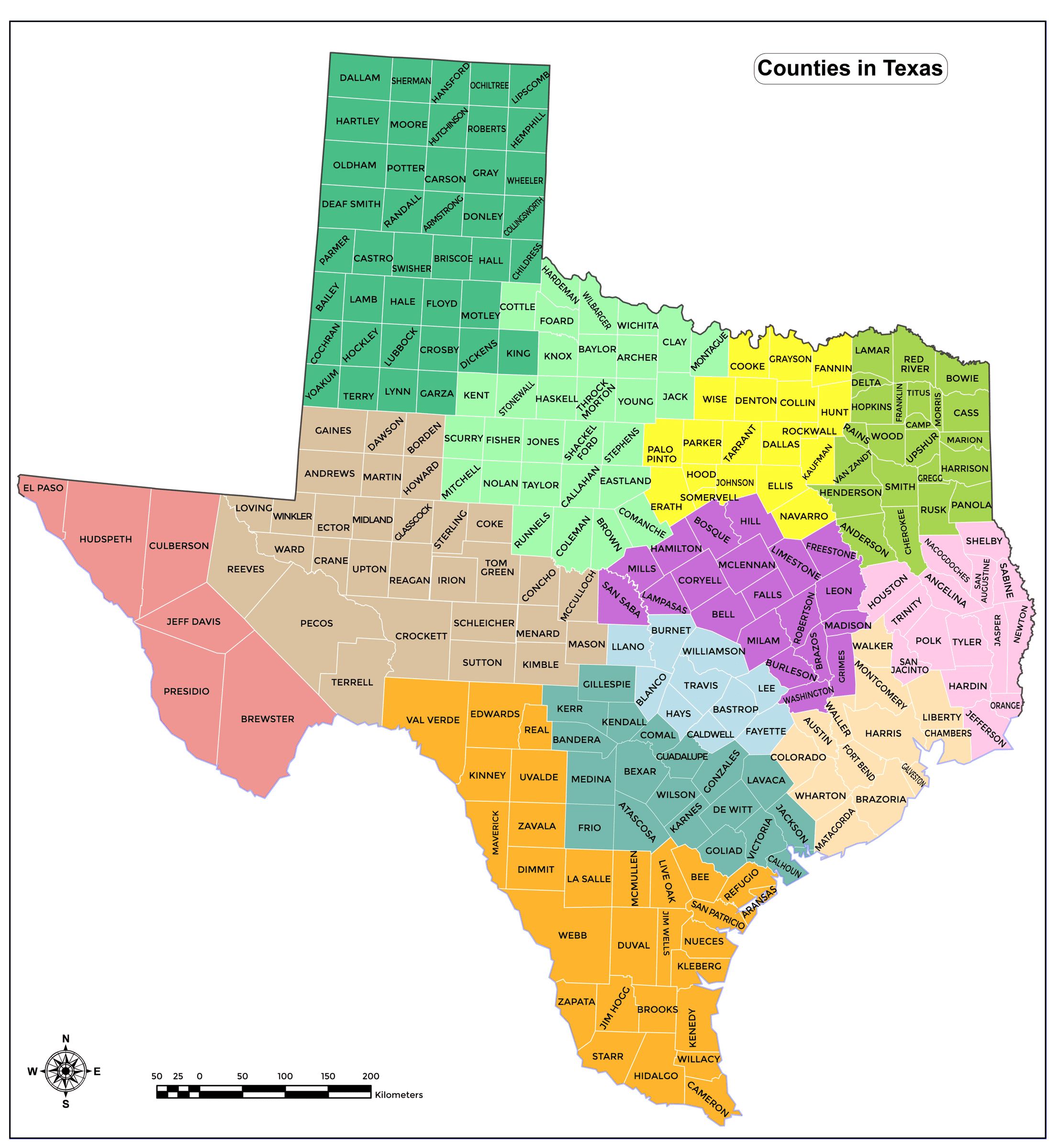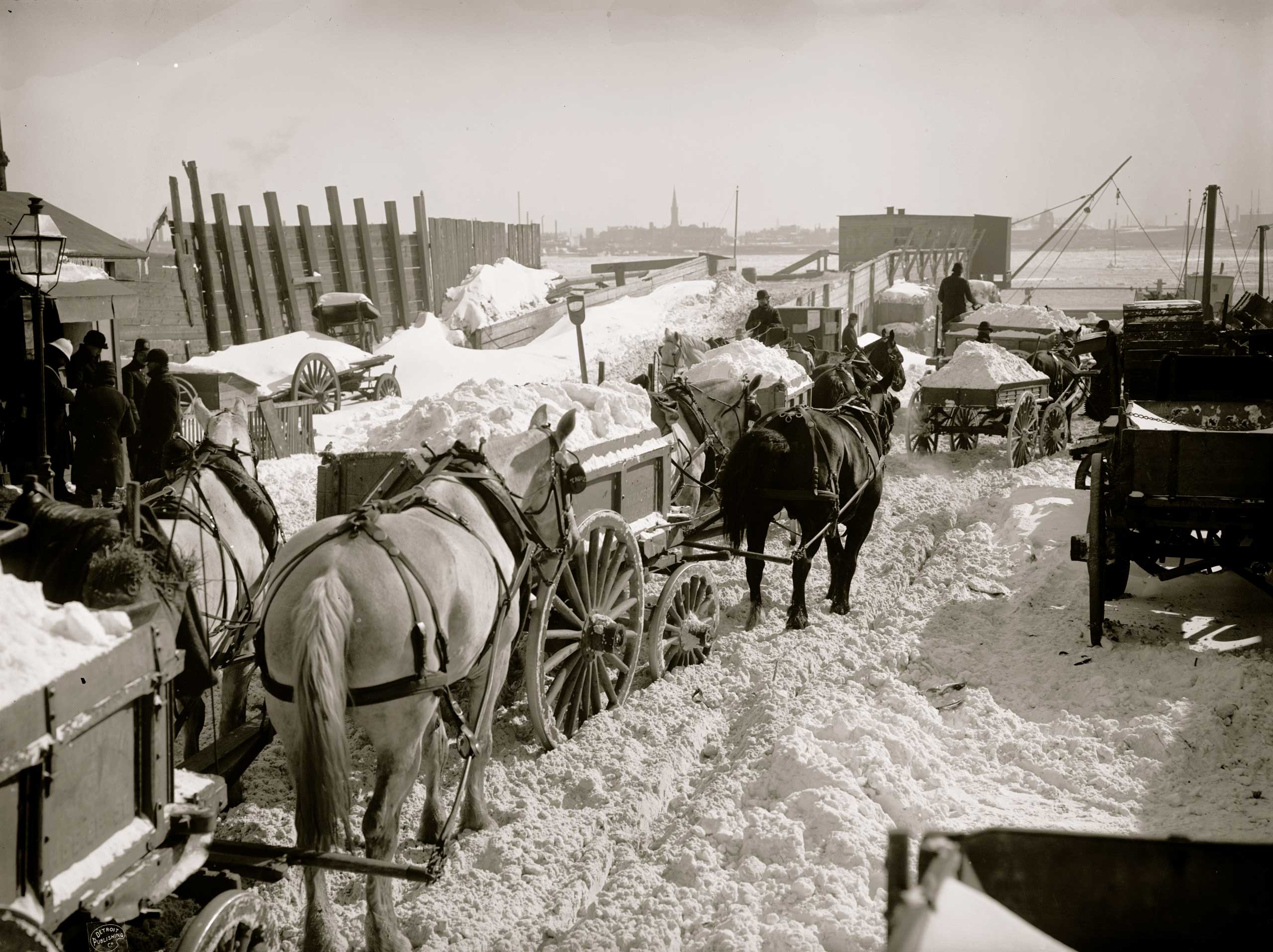
Snowfall's Fury: Texas Counties Brace for Blizzard's Bite
Prelude to a Winter Tempest
As the cold front relentlessly marches southward, several Texas counties are hunkering down for an anticipated blizzard of historic proportions. Forecasters predict a relentless onslaught of snow and ice, threatening to paralyze infrastructure, disrupt daily life, and potentially pose life-threatening hazards. The imminent storm has prompted declarations of emergencies, school closures, and travel restrictions, as residents prepare for the inevitable impact.
Snowfall's Devastating Potential
According to the National Weather Service (NWS), the blizzard is expected to unleash snowfall of unprecedented intensity, with accumulations ranging from 12 to 24 inches in some areas. Combined with sustained winds reaching speeds of up to 50 miles per hour, the storm has the potential to create whiteout conditions, crippling visibility and making travel extremely dangerous. Snowdrifts and ice accumulation can obstruct roads, sidewalks, and driveways, further isolating affected communities.
Threat to Infrastructure and Essential Services
The anticipated blizzard poses a significant threat to critical infrastructure. Power lines, already strained by the winter's relentless cold, may succumb to the weight of ice and snow, leading to widespread power outages. Communication networks can also be compromised, disrupting access to essential emergency services and communication with loved ones. The Texas Department of Transportation (TxDOT) has issued warnings urging residents to stay off the roads unless absolutely necessary, as even seemingly minor travel can turn hazardous in such severe conditions.
Humanitarian Concerns and Community Resilience
While the infrastructure impacts of the blizzard are significant, the human toll is equally concerning. The most vulnerable populations, including the elderly, the homeless, and those with compromised health conditions, are at increased risk during such extreme weather events. Local authorities and community organizations are working tirelessly to provide shelter, food, and medical assistance to those in need, ensuring that no one is left to face the storm alone.
Comparison of Historical Snowstorms in Texas
While Texas is no stranger to occasional winter storms, the severity of the anticipated blizzard warrants comparison to some of the most memorable snowstorms in the state's history. In February 2011, a major winter storm dumped up to 13 inches of snow on parts of Texas, leading to widespread power outages and travel disruptions. In January 1985, Dallas recorded 8 inches of snowfall, the highest one-day snowfall on record for the city. However, the impending storm has the potential to eclipse these historical events, both in terms of snowfall intensity and duration.
| Year | Snowfall (inches) | Impacted Areas | Notable Impacts |
|---|---|---|---|
| 2011 | Up to 13 | Central and North Texas | Power outages, travel disruptions |
| 1985 | 8 (Dallas) | North and Central Texas | Record one-day snowfall in Dallas |
| 2023 | Predicted 12-24 | Multiple Texas counties | Potential for severe impacts, including power outages, travel disruptions, and infrastructure damage |
Critical Perspectives and Mitigation Strategies
Experts have highlighted the importance of proactive mitigation strategies to minimize the impact of the impending blizzard. The Texas Division of Emergency Management (TDEM) has activated the State Emergency Operations Center (SEOC) to coordinate response efforts. Local governments are distributing sandbags and deicing materials to help residents protect their homes and vehicles. Emergency shelters are being established to provide temporary refuge for those in need. While some have questioned the adequacy of these measures, given the severity of the storm, others have praised the swift and coordinated response of authorities.
Conclusion: Preparing for the Storm's Wrath
As the blizzard approaches, Texas counties are braced for a formidable test of their resilience. The potential for severe snowfall, power outages, and travel disruptions is a grim reminder of the destructive force of nature. While emergency responders and community organizations are working diligently to mitigate the impact, it is imperative for residents to take personal responsibility for their safety and well-being. By heeding official warnings, preparing emergency kits, and checking in on vulnerable neighbors, we can collectively weather the storm and emerge stronger from this winter's fury.
